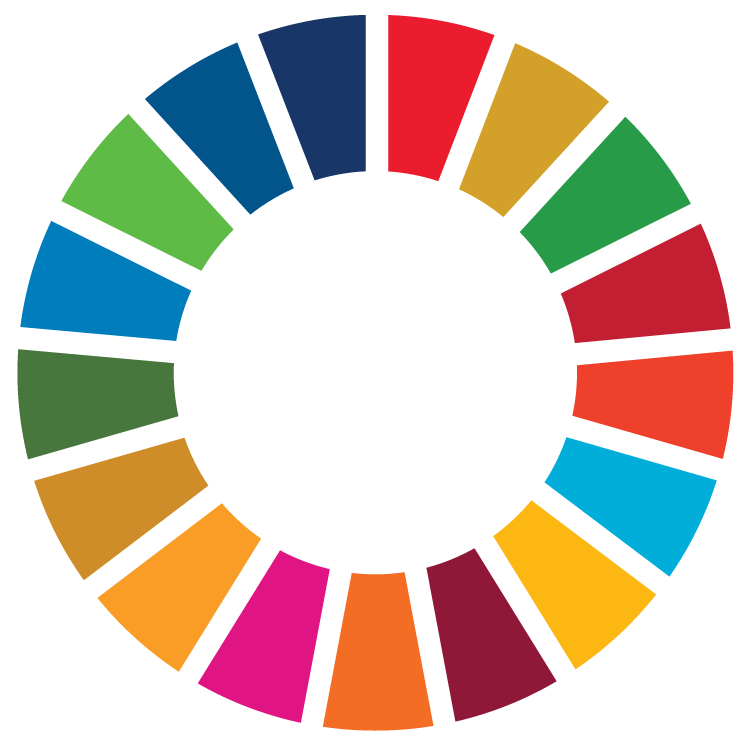Reporters: Mr. Sujinda Saehan, Mr. Ekkajak Intarat, Mr. Nitigon Jumniansuk
Evidence Date: November 4, 2024
Related SDGs: 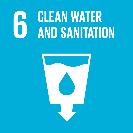
Related Indicators: 6.3.5
Details:
Continuing its commitment to sustainability, Rajamangala University of Technology Srivijaya (RUTS) has consistently prioritized water-conscious planting as part of its sustainable campus landscape design. In 2024, the university continued to expand its green initiatives across all campuses under its supervision, emphasizing the importance of planting native and drought-tolerant species to reduce water consumption, support efficient use of natural resources, and contribute to Sustainable Development Goal (SDG) 6 – Clean Water and Sanitation.
RUTS carefully selects plant and tree species that are both native to the local climate and drought-resistant, ensuring that the campus landscapes are not only visually appealing but also environmentally resilient. Native plants are well-adapted to local weather conditions and soil types, requiring minimal irrigation and maintenance. Examples include species from the palm family (Arecaceae), which thrive in dry conditions, and drought-tolerant shrubs such as Yellow Bells (Tecoma stans), Fukien Tea (Carmona retusa), and Golden Leave (Ficus microcarpa L.f.). Additionally, flowering plants like Madagascar periwinkle (Catharanthus roseus) are utilized for their hardiness and vibrant colors, adding beauty while minimizing water use.
Beyond careful plant selection, RUTS implements a range of advanced water-efficient landscape practices. The university employs drip irrigation systems and automated soil moisture sensors that deliver precise amounts of water directly to plant roots, significantly minimizing evaporation losses and ensuring efficient water use. To further promote soil moisture retention, the university applies mulching and compost-based soil enhancement, which help retain ground moisture, improve soil health, and reduce the frequency of watering.
RUTS also practices rainwater harvesting for landscape use. Rainwater collected from building rooftops is stored and reused for irrigation, reducing dependence on municipal water supplies and supporting sustainable water management. Moreover, the university integrates bioswales and natural drainage areas within its landscape design to naturally absorb surface runoff, enhance groundwater recharge, and prevent soil erosion—strengthening the natural water cycle across campus grounds.
Complementing these technical measures, RUTS has developed educational demonstration gardens that serve as interactive learning spaces for students and visitors. These gardens showcase sustainable planting methods, water-efficient irrigation technologies, and the importance of responsible water use, fostering awareness and inspiring behavioral change toward water conservation.
Additionally, the university has implemented a wastewater recycling program, treating and reusing water for landscape maintenance and agricultural purposes within the campus. This integrated approach supports both resource efficiency and environmental stewardship, helping RUTS reduce its water bills and operational costs while maintaining lush, green spaces that enhance campus life.
Through these initiatives, Rajamangala University of Technology Srivijaya demonstrates its strong commitment to integrated water resource management and sustainable landscape development. By combining the use of climate-appropriate vegetation, efficient irrigation systems, rainwater harvesting, and educational engagement, the university safeguards local water ecosystems and strengthens resilience against climate change. These actions align with and advance SDG 6 – Clean Water and Sanitation, ensuring the availability and sustainable management of water for all, while positioning RUTS as a leader in eco-friendly and water-conscious campus design.
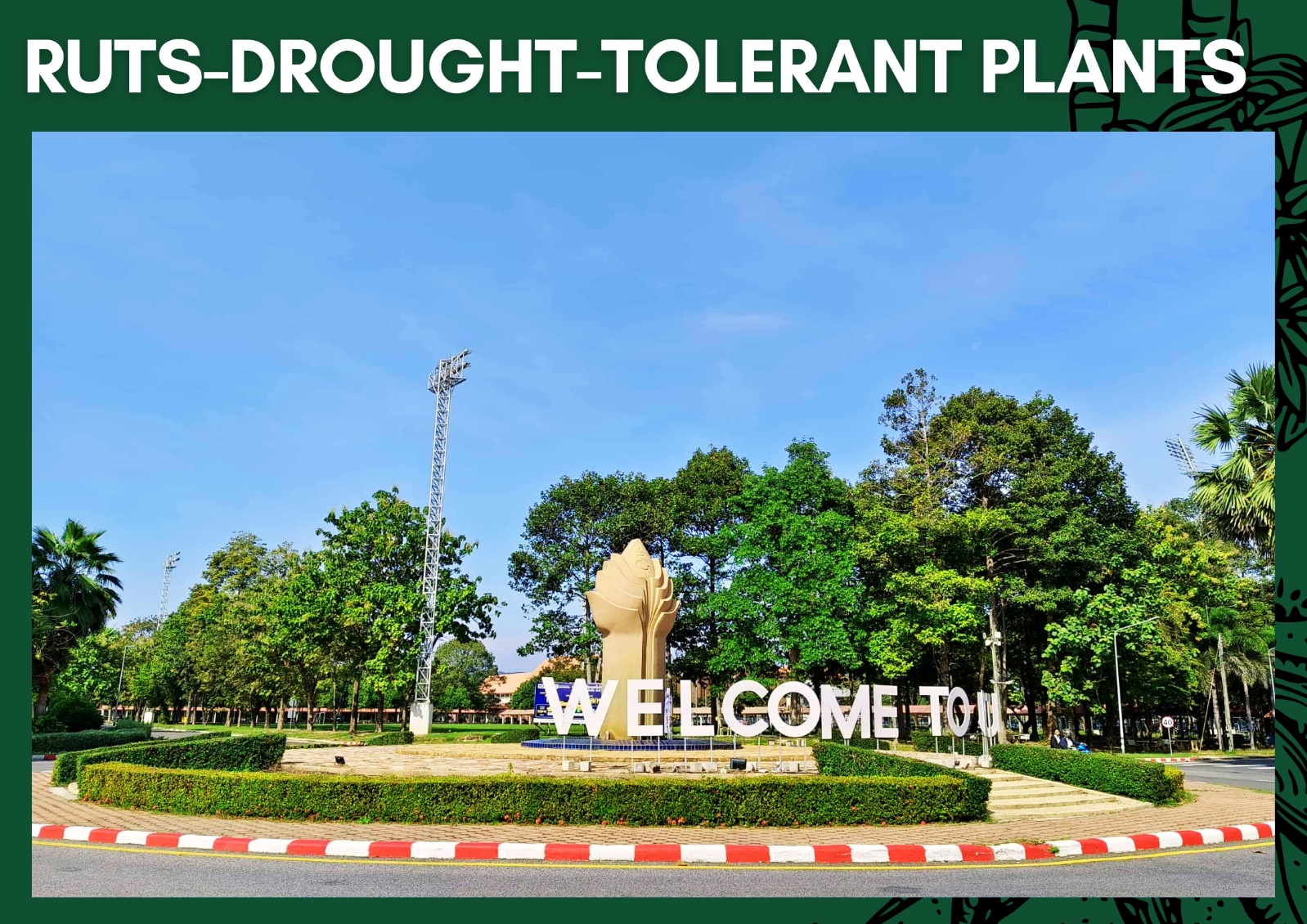


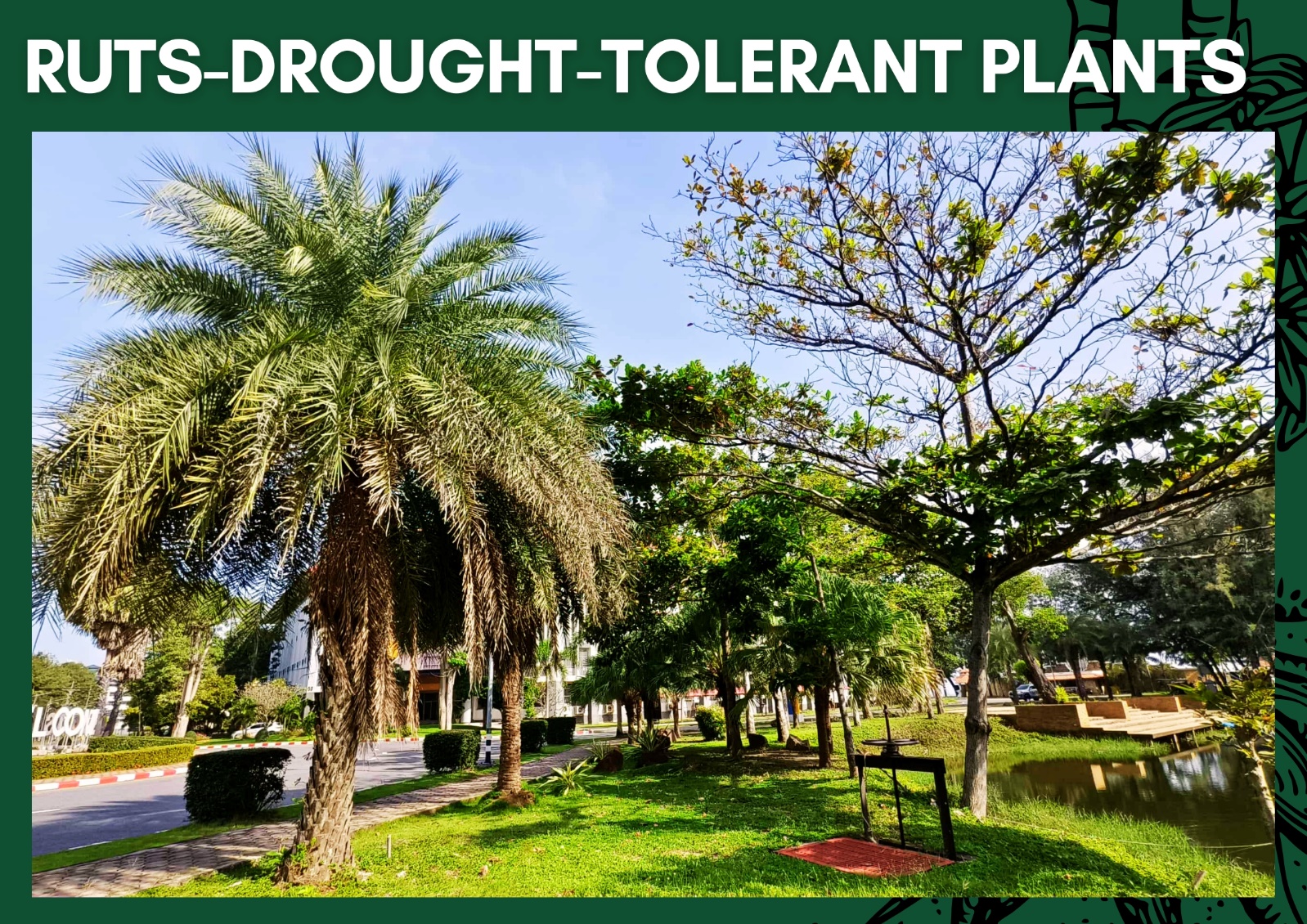
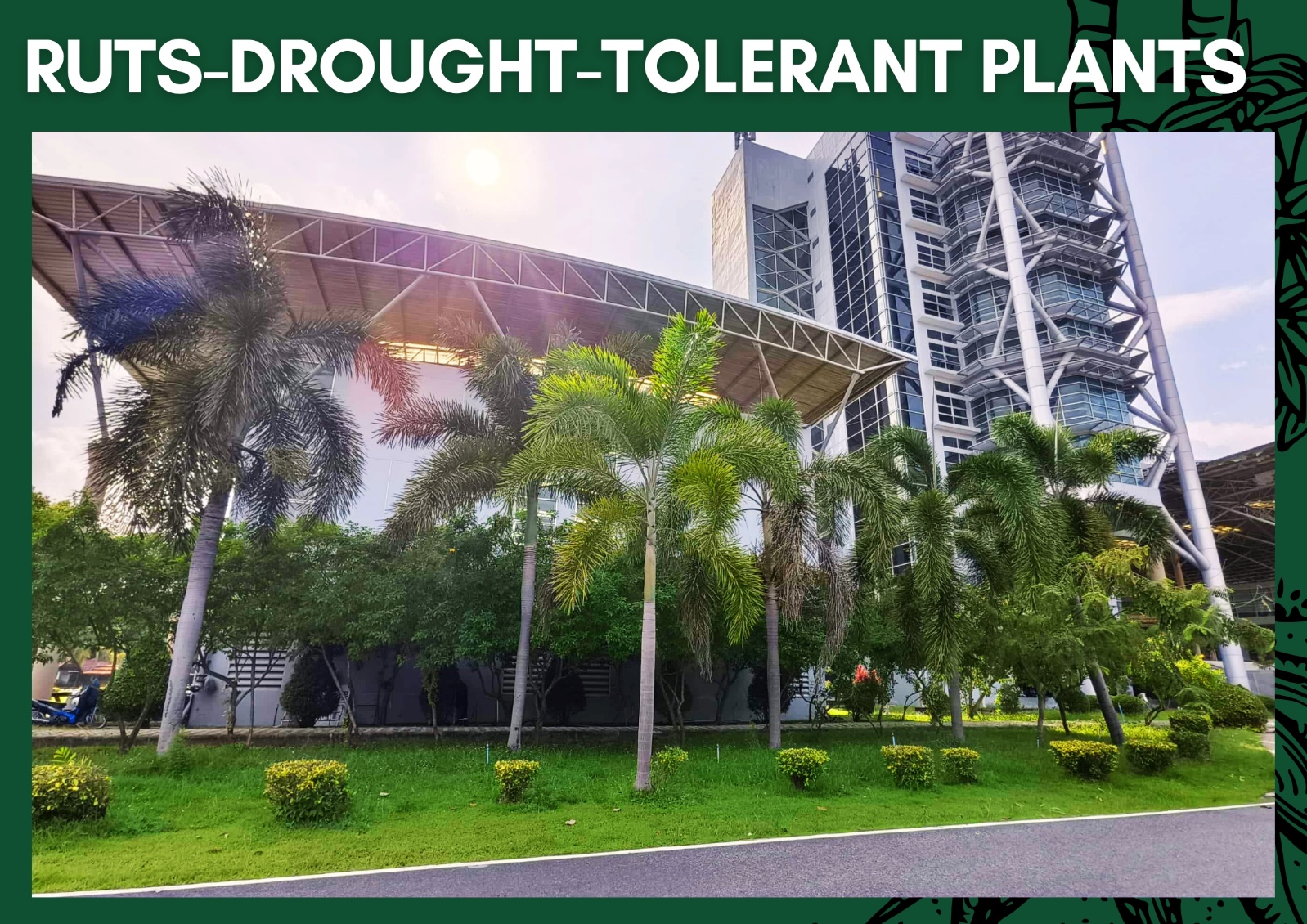
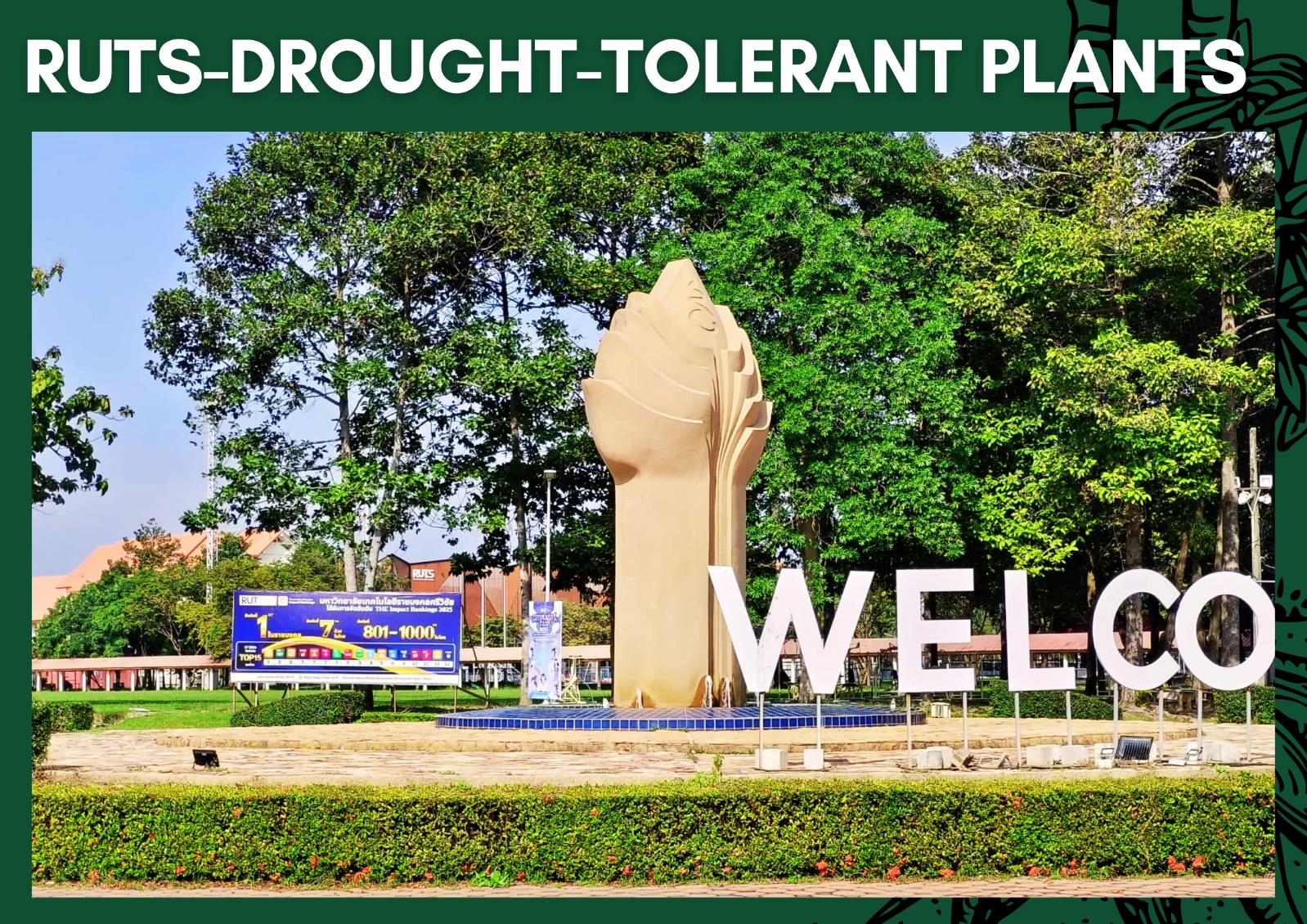
Related Links:
